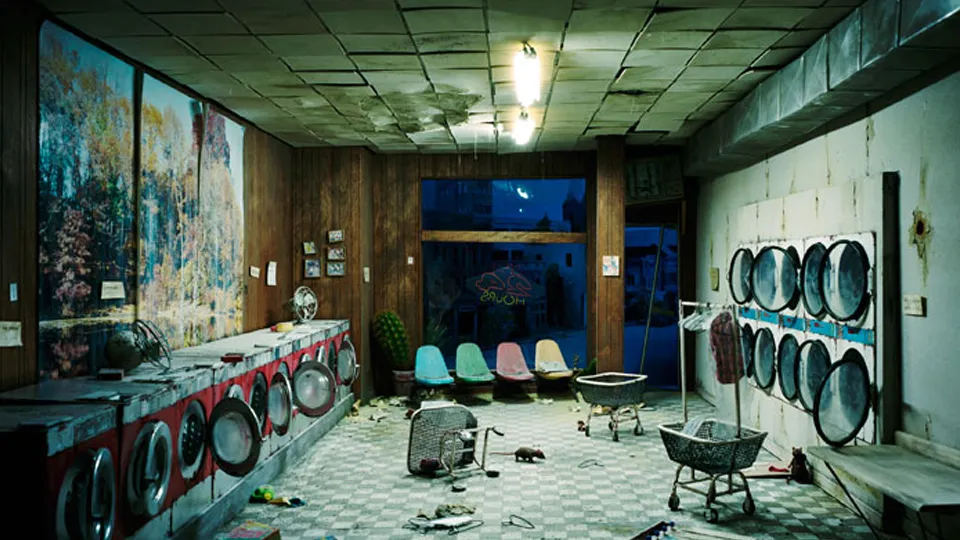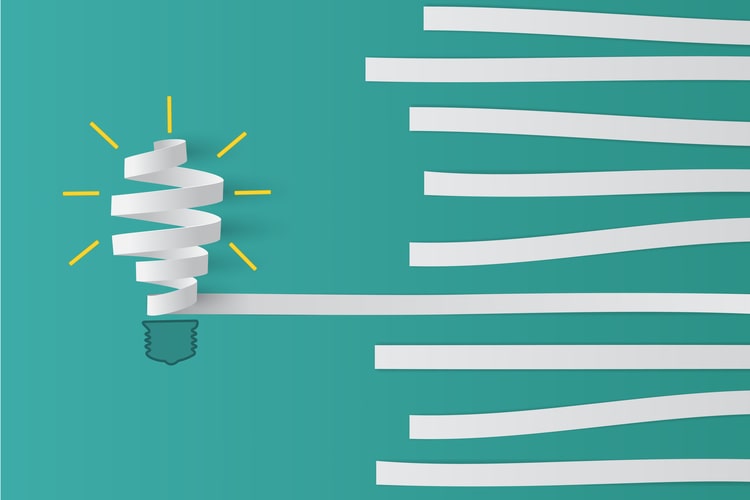The fashion industry is witnessing a groundbreaking transformation as mushroom leather emerges as a sustainable alternative to traditional animal hides and synthetic materials, promising a greener future.
🍄 The Dawn of Mycelium Innovation
Imagine a world where your stylish jacket, elegant handbag, or comfortable shoes come not from animal agriculture or petroleum-based plastics, but from the underground root structure of mushrooms. This isn’t science fiction—it’s the reality of mushroom leather, also known as mycelium leather, a revolutionary biomaterial that’s reshaping our relationship with fashion and sustainability.
Mushroom leather represents one of the most exciting developments in sustainable materials science. Created from mycelium—the fibrous root network of fungi—this innovative material offers a cruelty-free, environmentally friendly alternative that doesn’t compromise on quality, durability, or aesthetic appeal. As consumers become increasingly conscious of their environmental footprint, mushroom leather stands at the forefront of the eco-friendly revolution.
Understanding the Science Behind Fungal Fashion
The production process of mushroom leather is as fascinating as it is sustainable. Mycelium, the vegetative part of fungi, grows in a network of thread-like structures called hyphae. These networks naturally bind together agricultural waste materials like sawdust, hemp, or corn stalks, creating a dense, leather-like material in just a matter of weeks.
Unlike traditional leather production, which requires extensive land use, water consumption, and chemical treatments, mushroom leather grows in controlled indoor environments. The mycelium is cultivated on substrates made from agricultural byproducts, feeding on these waste materials and transforming them into a valuable resource. Within 7-14 days, the mycelium has fully colonized the substrate, creating a cohesive mat that can be harvested, processed, and treated to achieve various textures, thicknesses, and finishes.
The Growing Process Explained 🌱
The cultivation of mushroom leather begins with selecting the right fungal species. Different mushroom varieties produce mycelium with varying characteristics, allowing manufacturers to customize the final product’s properties. The mycelium is then inoculated onto a prepared substrate in sterile conditions to prevent contamination.
As the mycelium grows, it secretes enzymes that break down the substrate while simultaneously binding the particles together with its hyphal network. This natural binding process eliminates the need for chemical adhesives or binders. Once the mycelium has fully developed, the growth is halted, and the material is harvested. The final processing steps involve drying, treating, and finishing the material to enhance its durability, water resistance, and aesthetic qualities.
Environmental Impact: A Game-Changing Comparison
The environmental advantages of mushroom leather over traditional leather are staggering. Conventional leather production is one of the most environmentally damaging industries globally, contributing significantly to deforestation, greenhouse gas emissions, water pollution, and biodiversity loss. The livestock industry, which supplies hides for leather, accounts for approximately 14.5% of global greenhouse gas emissions.
Mushroom leather production requires a fraction of the resources. It needs no grazing land, produces minimal waste, and can be grown using agricultural byproducts that would otherwise be discarded. The carbon footprint of mycelium leather is dramatically lower, with some studies suggesting it can be carbon-negative when accounting for the carbon sequestered during growth.
Resource Consumption Breakdown 📊
Traditional leather production requires approximately 17,000 liters of water to produce just one kilogram of finished leather. The tanning process alone uses harmful chemicals like chromium, formaldehyde, and various acids that often pollute waterways in leather-producing regions. Animal agriculture for leather also demands vast amounts of land—roughly 30% of Earth’s ice-free surface is used for livestock.
In contrast, mushroom leather production uses up to 99% less water and can be completed in climate-controlled facilities that occupy minimal space. The entire process, from cultivation to finished product, can be accomplished in weeks rather than the months or years required for raising livestock and processing traditional leather.
The Pioneers Leading the Mushroom Revolution
Several innovative companies have emerged as leaders in the mushroom leather industry, each bringing unique approaches and technologies to the field. These pioneers are not only developing commercially viable products but also proving that sustainable alternatives can compete with—and even surpass—traditional materials in quality and performance.
Bolt Threads, a California-based company, developed Mylo™, a mycelium-based leather alternative that has partnered with major fashion brands including Stella McCartney, Adidas, and Lululemon. Their technology allows for customizable material properties, enabling designers to specify the exact texture, thickness, and flexibility they need.
MycoWorks, another industry leader, produces Fine Mycelium™, marketed under the brand name Reishi. Their patented process creates a material that closely mimics the fibrous structure of animal leather, offering exceptional durability and a premium feel. Luxury fashion house Hermès has partnered with MycoWorks to create the Victoria bag, demonstrating high-fashion’s embrace of sustainable innovation.
Emerging Innovators and Global Expansion 🌍
Mycotech Lab in Indonesia produces Mylea, a mushroom leather alternative made from mycelium and sawdust waste. Their focus on utilizing local agricultural waste makes their production particularly sustainable and economically beneficial for local communities.
Ecovative Design has developed a versatile mycelium technology platform that extends beyond fashion into packaging, building materials, and other applications. Their approach to growing materials rather than manufacturing them represents a fundamental shift in how we think about production.
Fashion Forward: Mushroom Leather in Contemporary Design
The adoption of mushroom leather by mainstream and luxury fashion brands signals a significant shift in industry attitudes toward sustainability. Designers are discovering that eco-friendly materials no longer mean compromising on aesthetics or quality. Mushroom leather can be processed to achieve various looks, from smooth and polished finishes suitable for formal wear to textured surfaces perfect for casual fashion items.
Major fashion events and runway shows increasingly feature pieces made from mushroom leather, normalizing these sustainable alternatives and introducing them to wider audiences. The material’s versatility allows designers to experiment with innovative techniques, creating unique textures and patterns that would be difficult or impossible to achieve with traditional leather.
Product Applications Expanding Beyond Fashion 👜
While fashion accessories like bags, shoes, and belts were among the first applications for mushroom leather, the material’s potential extends far beyond apparel. Automotive manufacturers are exploring mycelium leather for vehicle interiors, offering luxury car buyers sustainable options without sacrificing comfort or aesthetics.
Furniture designers are incorporating mushroom leather into upholstery, creating eco-conscious home furnishings that appeal to environmentally aware consumers. The material’s durability and ease of maintenance make it particularly suitable for high-use applications.
Comparing Performance: Durability and Longevity
One common concern about sustainable alternatives is whether they can match the durability of traditional materials. Mushroom leather has proven remarkably resilient in testing, with many products demonstrating comparable or superior performance to conventional leather in terms of tear resistance, tensile strength, and abrasion resistance.
The cellular structure of mycelium naturally provides strength and flexibility. Processing techniques can enhance these inherent properties, creating materials suitable for demanding applications. Some mushroom leather products have passed the same rigorous testing standards required for premium leather goods, including tests for colorfastness, flexibility after aging, and resistance to wear.
Care and Maintenance Considerations 🧼
Caring for mushroom leather products is generally straightforward and similar to maintaining traditional leather. Most items can be spot-cleaned with a damp cloth and mild soap. Depending on the finishing treatments applied, some mushroom leather products may benefit from occasional conditioning with plant-based leather care products.
The material’s resistance to water and staining varies depending on the specific processing and finishing techniques used. Many manufacturers apply protective coatings that enhance water resistance and stain protection, making mushroom leather products practical for everyday use.
Economic Viability and Market Potential
The global leather goods market is valued at over $400 billion annually, presenting enormous potential for sustainable alternatives. As production scales and manufacturing processes become more efficient, the cost of mushroom leather continues to decrease, making it increasingly competitive with traditional leather and synthetic alternatives.
Investment in mushroom leather technology has surged in recent years, with venture capital, corporate partnerships, and government grants supporting research and development. This financial backing enables companies to build larger production facilities, optimize their processes, and bring products to market more quickly.
Consumer Acceptance and Market Trends 📈
Consumer attitudes toward sustainable fashion are shifting dramatically, particularly among younger generations. Studies show that millennials and Gen Z consumers are willing to pay premium prices for products that align with their environmental values. This demographic trend favors mushroom leather and other sustainable materials.
Transparency in supply chains has become increasingly important to consumers. Mushroom leather companies can offer unprecedented traceability, with some even allowing customers to see where and how their materials were grown. This level of transparency builds trust and appeals to conscientious consumers.
Challenges and Future Developments
Despite its promise, mushroom leather faces challenges on the path to widespread adoption. Scaling production to meet global demand requires significant infrastructure investment and technological refinement. Current production capacities, while growing, cannot yet match the enormous output of traditional leather industries.
Standardization presents another challenge. With multiple companies developing their own proprietary processes, establishing industry-wide standards for quality, testing, and labeling will be crucial for consumer confidence and regulatory clarity.
Innovation on the Horizon 🔬
Researchers continue to explore ways to enhance mushroom leather’s properties and expand its applications. Genetic modification of fungal strains could produce mycelium with specific characteristics optimized for particular uses. Hybrid materials combining mycelium with other sustainable fibers are being developed to create products with unique property combinations.
Advances in biofabrication technology may soon enable fully customized production, where materials are grown to precise specifications for individual products, eliminating waste and enabling unprecedented design freedom.
The Broader Biomaterial Revolution
Mushroom leather is part of a larger movement toward bio-based materials that includes innovations like pineapple leather (Piñatex), cactus leather (Desserto), and apple leather made from juice industry waste. Together, these materials represent a fundamental reimagining of how we source and produce the things we use daily.
This biomaterial revolution extends beyond fashion into construction, packaging, and countless other industries. Mycelium technology is being adapted to create packaging materials that biodegrade safely, building insulation with excellent thermal properties, and even scaffolding for tissue engineering in medical applications.
Taking Action: How Consumers Can Support the Movement ✨
Supporting the mushroom leather revolution doesn’t require waiting for major brands to make the switch. Consumers can actively participate by seeking out products made from sustainable materials, asking brands about their material sourcing, and sharing information about alternatives with their networks.
When shopping, look for brands that transparently communicate their sustainability practices and materials sourcing. Many companies now clearly label products made from mushroom leather and other innovative materials, making it easier for conscious consumers to make informed choices.
Advocacy matters too. Engaging with brands on social media, requesting sustainable options, and expressing support for companies investing in eco-friendly materials sends powerful market signals that drive industry change.
Embracing the Fungal Future
The story of mushroom leather is ultimately about possibility—the possibility of meeting our needs without compromising the planet’s health, of enjoying beautiful, high-quality products while respecting all life, and of transforming entire industries through innovative thinking. As technology advances and adoption grows, mushroom leather and similar biomaterials will likely become not alternative options but the standard.
This transformation won’t happen overnight, but every mushroom leather product purchased, every conversation about sustainable materials, and every innovation in fungal technology moves us closer to a fashion industry that works in harmony with nature rather than against it. The mushroom magic happening in labs and production facilities worldwide isn’t just creating new materials—it’s cultivating a more sustainable future, one mycelium fiber at a time.
The revolution has begun, grown from humble fungi into a powerful force for environmental change. By choosing mushroom leather and supporting the companies pioneering these technologies, we all become part of this extraordinary transformation, proving that style and sustainability aren’t just compatible—they’re the perfect combination for fashion’s future.
Toni Santos is a visual explorer and microscopic storyteller who delves into the hidden aesthetics of microbial life. Through a fusion of scientific curiosity and artistic insight, Toni transforms the overlooked world of bacteria, fungi, and cellular forms into mesmerizing visual narratives—revealing the elegance, symmetry, and chaos that thrive at microscopic scales.
Rooted in a fascination with life forms too small to see yet too intricate to ignore, Toni’s work captures the bizarre beauty of microbial colonies, biofilms, and spore patterns. These images aren’t just representations—they are celebrations of the artistic intelligence encoded in nature’s tiniest architects.
With a background in visual design and bio-inspiration, Toni merges scientific imaging techniques with creative expression, transforming petri dish cultures, fluorescence microscopy, and microbial textures into works that provoke both wonder and contemplation.
As the creative force behind Vizovex, Toni offers curated visual studies, microbial-inspired designs, and essays that bridge art and microbiology—inviting viewers to reimagine what beauty means at the edge of perception.
His work is a tribute to:
The hidden geometries of living systems
The surprising elegance of microbial growth
The role of micro-life in shaping visual culture
Whether you’re a scientist, artist, or simply curious about the unseen world that sustains us, Toni opens a window into a universe where life writes poetry in colonies and patterns, one microbe, one frame, one breathtaking detail at a time.





